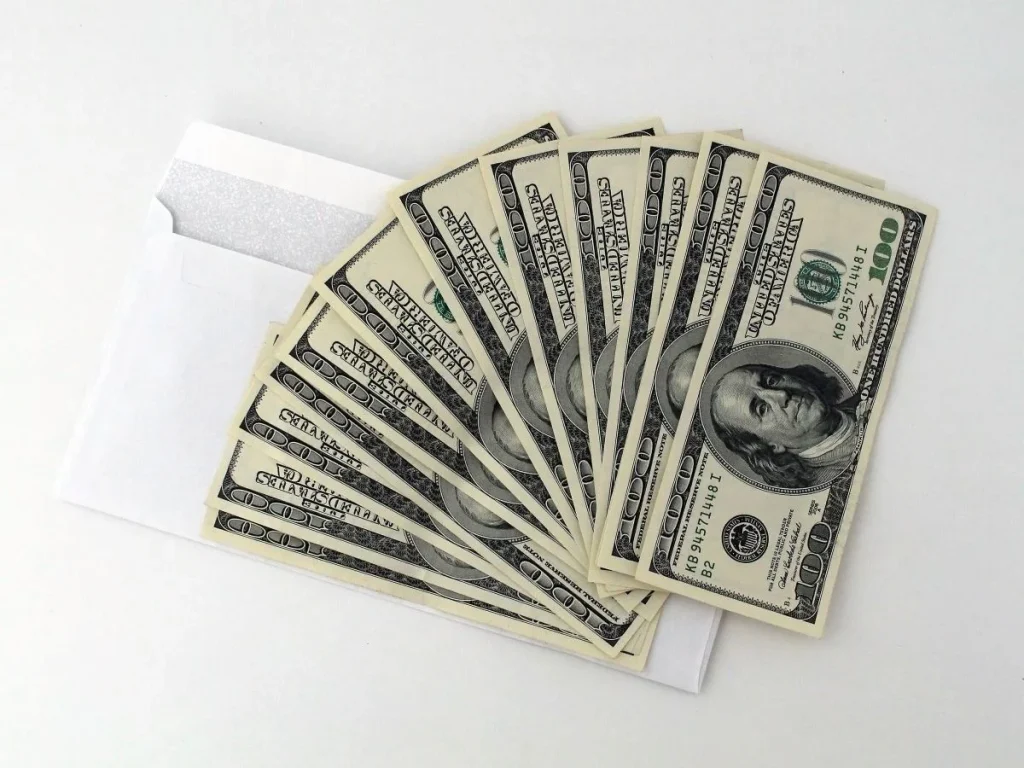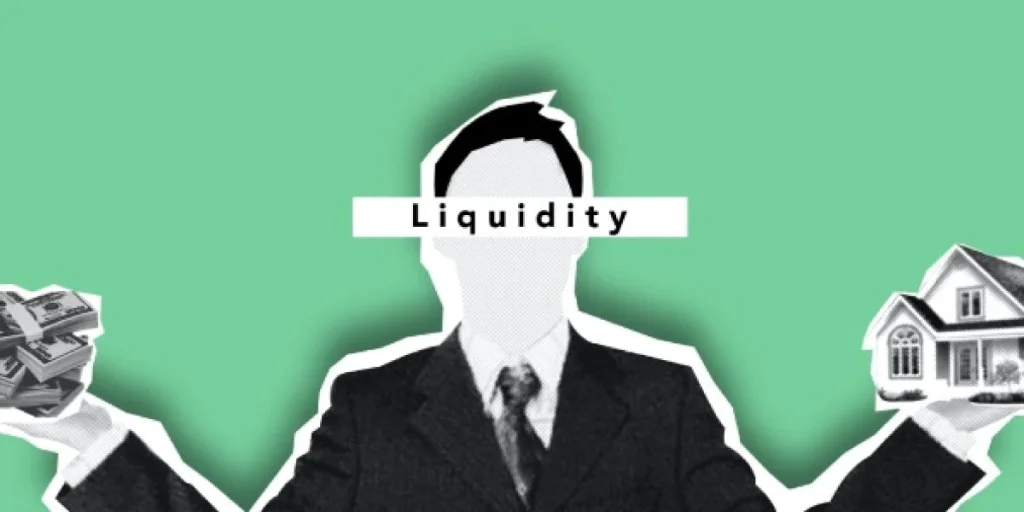When an individual’s net worth or income rises, the demand for luxury products also rises. Usually, the percentage rise in luxury goods purchases is inversely correlated with income growth. Many buyers view luxury residences as wise investments. They are regarded as a haven for long-term appreciation and capital preservation. The possibility for large returns and the stability of the luxury commercial real estate and real estate markets, especially in sought-after areas with little supply, are attractive to investors.
Despite changes in the market, house and lot for sale in upscale areas or exclusive gated communities are still in high demand. Similar to this, higher-end condo for sale in desirable areas provide comfort, facilities, and a glamorous lifestyle that appeals to selective buyers.
The idea of inflation frequently threatens the stability of economies and financial systems. Investors naturally look for assets that can withstand the damaging effects of inflation when prices rise and the purchasing power of money falls. Premium real estate is one such asset class that has historically demonstrated resistance to inflation.
House and lot for sale that are situated in desirable regions, such as exclusive neighborhoods or prominent urban centers, are referred to as premium real estate. These homes frequently have unique features, excellent building quality, and appealing facilities. Premium real estate has a persistent demand because of its inherent value, which outlasts momentary market swings and has a propensity to increase over time.
Brief Summary of Asset Class

Investors frequently employ asset classes to diversify their portfolios and distribute their cash based on certain investing goals and risk preferences.
Types of Asset Classes
Fixed income investments involve making loans to firms, governments, and other organizations in exchange for monthly interest payments and the repayment of the principal amount when the investment matures. Compared to stocks, bonds are thought to be a significantly lower-risk investment.
Bank deposits, short-term money market products, and actual money are all examples of cash and cash equivalents. Although they often give lesser returns when compared to other asset groups, these investments offer liquidity and consistency.
Owning shares of a company is typically what is meant when someone mentions equities. Businesses frequently turn to sell stakes in the company to the general public in order to grow and achieve their goals. Investing in these shares is a fantastic method to gain from a company’s success.
A wide range of non-traditional assets are included in alternative investments, such as private equity, hedge funds, real estate investment trusts (REITs), and cryptocurrencies. These investments are different from typical asset classes in that they frequently have larger potential rewards but also more risk and less liquidity.
Inflationary Pressure on the Global Market

In recent years, inflationary pressures have been a major source of concern for the global market. The general rise in prices of goods and services over time that leads to a loss in buying power is referred to as inflation. When inflation is strong or increasing quickly, it can have a number of effects on the world market.
Interest rate changes and monetary policy actions are common responses by central banks to inflationary pressures. Central banks may increase interest rates to cut back on expenditure and borrowing in an effort to combat inflation. Higher interest rates can have an impact on how much it costs for people and businesses to borrow money, which can affect real estate investment or investment in general and consumption.
Exchange rates can be impacted by inflation, especially in nations with higher inflation rates than their trading partners. Increased inflation can cause a currency’s value to decline and for it to appreciate versus other currencies. International trade, export competitiveness, and import prices may be impacted by this.
What is Luxury Goods Economics?

The study of the economic dynamics and factors influencing the creation, marketing, sale, and consumption of luxury products is known as luxury goods economics. Luxury items and services are of the highest caliber and are distinguished by their exclusivity, prominence, and expert craftsmanship.
Comparing luxury goods to mass-market products, the price elasticity of demand for luxury goods is frequently higher. This indicates that the demand for luxury products is more sensitive to price changes than other types of commodities. Luxury buyers are often more interested in the exclusivity and quality of the goods than they are in the price. Because of this, luxury brands have more freedom to raise prices without seeing a large drop in demand.
These goods place a significant emphasis on branding and positioning techniques to set themselves apart from rivals and establish a perceived value. Luxury brands spend a lot of money on marketing, advertising, and brand development to build a solid reputation for quality, exclusivity, workmanship, and heritage. Companies that specialize in luxury are able to retain premium pricing and sustain demand thanks to this branding strategy’s ability to assist in justifying higher prices and creating consumer loyalty.
Additionally, the industry is particularly vulnerable to counterfeit goods, which can reduce consumer trust, devalue brands, and result in lost sales. Prestige firms make significant investments in strict brand protection strategies, such as legal lawsuits, anti-counterfeiting technologies, and partnerships with law enforcement organizations. The availability of fake products also illustrates the need for luxury goods and their aspirational worth.
High-end brand decision-makers, and customers all need to understand the economics of premium goods. Pricing tactics, consumer behavior, market dynamics, and the total economic impact of the luxury goods business are all explained by the study of luxury goods economics. It offers an understanding into the variables influencing the demand for luxury products as well as the distinctive qualities that set luxury goods apart from other market categories.
What Are Considered Luxury Services

Luxury services are high-end, premium offerings that give sophisticated customers great quality, exclusivity, and individualized experiences. These services provide more than just the bare necessities; they also offer special features, individualized care, and attention to detail.
- Luxury accommodations with first-rate services, gorgeous rooms, top-notch dining options, custom concierge services, spa and wellness centers, and other premium amenities. Establishments that offer exquisite dining, special menus, and remarkable culinary experiences. These places might provide exceptional service, special tasting meals, wine pairings, and chef’s table experiences.
- Upscale clothing boutiques, jewelry shops, and flagship stores for luxury brands that provide excellent and prestigious goods, individualized shopping experiences, and first-rate customer service.
- Luxury automobile rentals, private car services, and chauffeured services with high-end vehicles provide travelers comfort, convenience, and individualized transportation experiences.
- Organizations that operate on a membership basis, such as private social clubs, golf clubs, and country clubs, provide access to exclusive amenities, activities, recreation areas, and networking possibilities.
It’s crucial to keep in mind that luxury services might range across different businesses and cater to particular preferences and inclinations. These services frequently stand out for their high quality, meticulous attention to detail, exclusivity, and capacity to give clients memorable and one-of-a-kind experiences.
Economic Resilience of Premium Real Estate Market

A resilient economy is one that can adjust, withstand shocks, and sustain steady economic growth over time. Diversification of an economy’s sectors, industries, and revenue streams makes it more resilient. As a result of diversification, the effects of shocks on certain sectors or businesses are lessened because a decline in one area can be more than offset by the growth of another.
The effects of inflation on markets, companies, and investments can be profound. Investors sometimes find themselves looking for assets that can survive the consequences of inflation when prices rise and the value of money decreases. In the face of inflation, premium real estate has emerged as a dependable investment choice. There are a number of things to take into account when looking at this resilience’s economic side.
Properties in premium real estate are distinguished by their rarity and appeal. There is a small supply of these houses in desirable areas, but the demand is still rather high. Property values are under upward pressure due to this supply-demand imbalance, making them more resilient to the devaluing impacts of inflation. Real estate has traditionally been viewed as a natural inflation buffer. The value of tangible assets, like upscale real estate, tends to rise while inflation is on the rise. These properties have a finite supply and strong demand, which guarantees that their prices rise over time and aids in investors’ preservation of capital.
The enduring nature of these qualities during inflation is significantly influenced by economic growth and urbanization. Urban areas and economies in growth draw enterprises, employment opportunities, and an influx of people. Demand for luxury real estate is fueled by this heightened economic activity, further boosting its value and reducing the impact of inflation.
Landlords can change rental rates to reflect rising costs when prices rise. A reliable source of rental income comes from tenants who are willing to pay a premium for the benefits that come with high-end buildings. Premium real estate is highly correlated with investor confidence and a stable economy. Economic stability is a worry when inflation occurs. However, due to its link to economic growth and investor confidence, luxury real estate in desirable locales tends to be robust. Especially in tumultuous times, investors view these houses as safe havens for their money.
Although premium real estate has shown resiliency during inflationary periods, it is vital to highlight that there are hazards involved. The performance of real estate investments can be impacted by unforeseen occurrences, market dynamics changes, and economic downturns. To make wise investing selections, investors must carefully examine economic statistics, market trends, and risk concerns.
The economic resilience of premium real estate is demonstrated in the face of inflation. Its resistance to inflationary pressures is a result of its limited supply, properties that hedge against inflation, stable rental income, economic growth, available financing choices, and investor trust.
How are Real Estate Investors Affected by the Real Estate Investment Inflation?

Inflation in the real estate investment market can be both beneficial and not for real estate investors.
Rising interest rates as a result of inflation might increase the cost of borrowing for real estate investors. This might lower investment returns and make fresh investments less affordable by raising the cost of financing investment properties. Investors may need to adapt their investment plans to accommodate increasing borrowing costs.
The ongoing expenses connected with purchasing property might be impacted by inflation. Due to inflationary pressures, prices like electricity costs, insurance premiums, maintenance and repair charges, and property taxes may increase. When calculating the profitability of their assets, real estate investors must account for these higher costs.
It may also result in an increase in the value of real estate assets. The value of real estate properties tends to rise over time as the general price level rises. Investors can win from this by having the possibility for capital gains and the chance to increase their wealth through property appreciation.
Lastly, The asset allocation choices of investors may be impacted by inflation. In order to protect and grow wealth in the face of inflationary pressures, some investors may commit more resources to real estate assets. Due to its potential for appreciation and capacity to produce rental income, real estate is frequently regarded as a hedge against inflation.
Real estate investors should seriously think about things like property appreciation, rental income potential, financing costs, running expenses, and market dynamics to make wise judgments. Investors can avoid the consequences of inflation and optimize returns in the real estate investment market by utilizing diversification, rigorous market analysis, and proactive management.
Although premium real estate has remained resilient in the face of inflation, some risks and difficulties must be taken into account. The performance of real estate investments can be influenced by market dynamics, location-specific factors, and general economic conditions. When making investing decisions, investors must perform extensive due investigation, seek professional counsel, and consider variables other than inflation. To make wise judgments and reduce risks, however, comprehensive study and consideration of numerous elements are essential, just like with any investment.
Related Blog: Why Investing in a Property is a Good Idea Amidst Inflation


